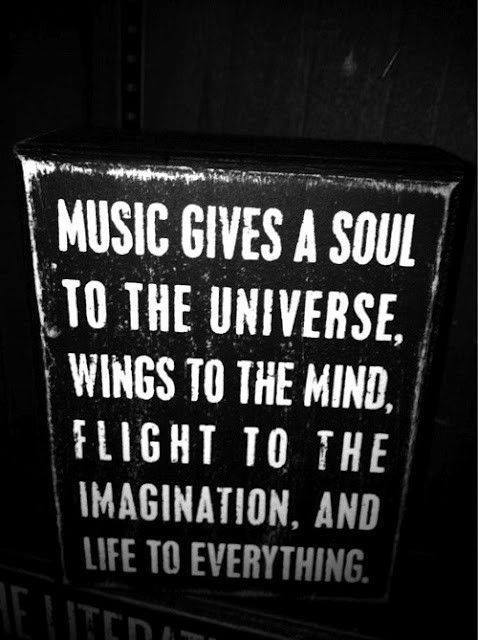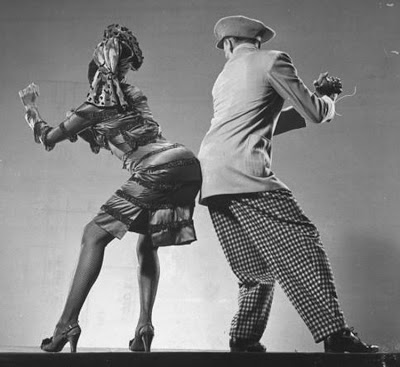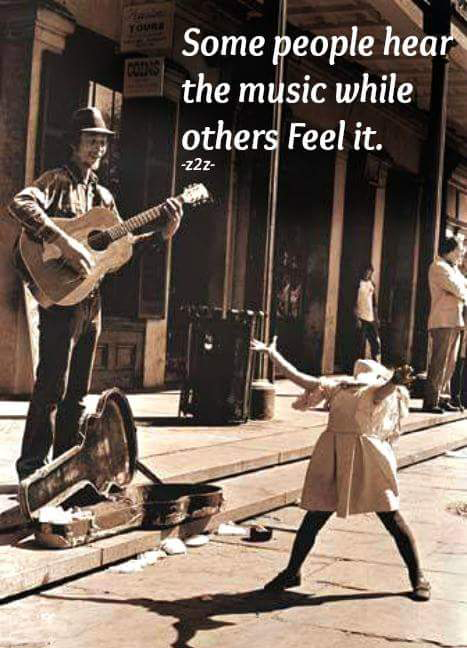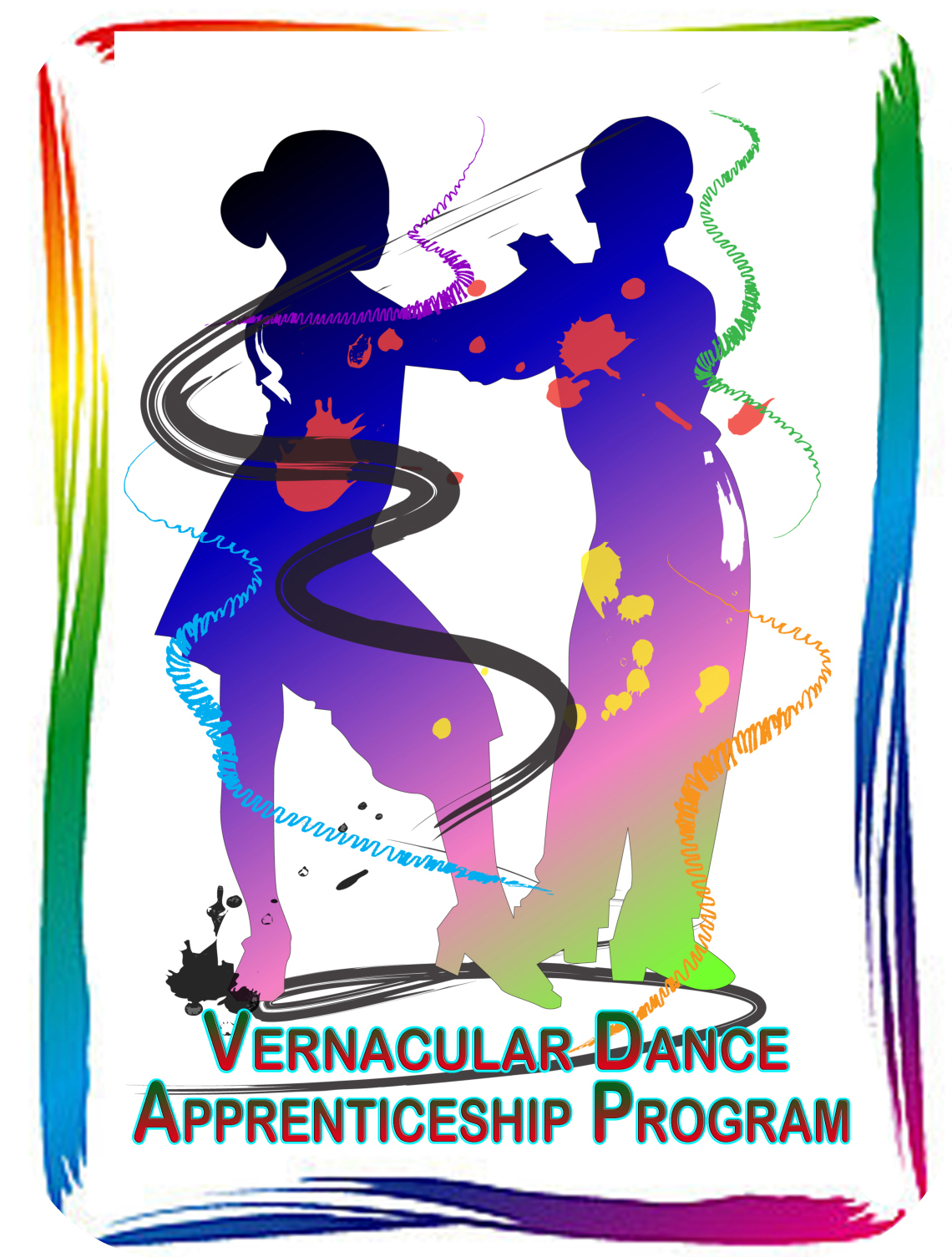The Vernacular Dance Apprenticeship Program is a project designed to promote creativity & excellence in dance while fostering an interest in vernacular dance. Tailored for Mack Alive Community and Resource Center, the apprenticeship will provide a minimum of 8 weeks of teambuilding and physical training with an eye toward problem-solving, creative discussion, historical references and movement design during which each student (the apprentice) learns through practical, hands-on experience under the guidance and instruction of respected, accomplished artists (the masters). Examples of vernacular dance include: Lindy Hop, Bop, jazz dance steps, hip hop, etc. |
|
Program Goals creative awareness and understanding while developing team building, communication skills & increase self-esteem; awareness of the impact of dance in daily life; health motivation strategies to make dancing a life-long health motivation strategies to make dancing a life-long activity to prevent diabetes and obesity a commitment to cross cultural understanding; supports arts education and youth development |
 |
 |
 |
Like its natural resources, our cultural traditions are a treasured resource to be nurtured for future generations. The Mack Alive Vernacular Dance Apprenticeship Program encourages cultural preservation, pride, and respect by having master artists to teach their skills, techniques, and knowledge to others in the community. The project designed to promote creativity, excellence in dance while fostering an interest in vernacular dance. Vernacular dance refers to dance styles – regardless of country of origin – that evolved outside of dance studios in spaces such as dance parties, nightclubs, juke joints and ballrooms. They are social in nature, encouraging interaction and contact with spectators and other dancers. These dances, for our purposes, include partner dances like Lindy Hop/Urban Ballroom and Bop, traditional jazz dance, fad dances, etc. Traditional jazz dance has existed Our project wants to provide sessions/activities that contribute to making the arts and their study basic to education in the community while expanding the opportunity for life-long learning. They are 4x more artists making a living in the United States compared to the number of professional athletes.yet that commuinty believes that sports are the goal to shoot for when in school. For the youth taking part in the project we can say that arts educstion is not only important but necessary. If we are not actively pursuing putting the arts in front of youth then they may not ever come to the realization that they are naturally creative. Students who study arts do better in math, reading and language arts. Music and dance combines math. It communicates language. A dancer is a mathematician, a physical scientist, an architect and a painter. The arts use every hemisphere of the brain. Students who study arts are three times more likely to go to college. The arts tell youth that anything is possible. By learning and performing this vernacular movement participants will have improved their communication skills. Working in this group situation will improve problem-solving skills along with the concept of team building. And the act of having performed in front thousands people will improve their self-concept and esteem. |
||
CLICK TO REGISTER CLOSED |
EMAIL THE PROGRAM |
ON BEING SOCIAL DANCER |
